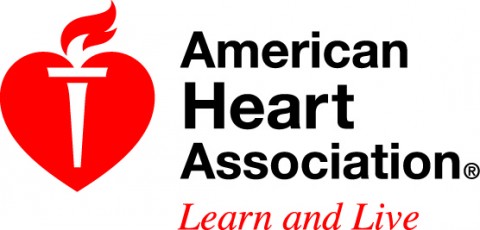American Heart Association Meeting Report
 Phoenix, AZ – A ten percent drop in price for healthy foods and a ten percent increase in the price of unhealthy foods could potentially prevent a significant number of people from dying from heart disease and stroke, according to research presented at the American Heart Association’s Epidemiology/Lifestyle 2016 Scientific 2016 meeting.
Phoenix, AZ – A ten percent drop in price for healthy foods and a ten percent increase in the price of unhealthy foods could potentially prevent a significant number of people from dying from heart disease and stroke, according to research presented at the American Heart Association’s Epidemiology/Lifestyle 2016 Scientific 2016 meeting.

They estimated: time and whether this could reduce cardiovascular diseases.
They found:
- Reducing the price of fruits and vegetables: Within five years of a ten percent price reduction on fruits and vegetables, deaths from cardiovascular diseases overall could decrease by 1.2 percent and within 20 years by almost 2 percent. Specifically, heart attacks could decrease by 2.6 percent and strokes by 4 percent over the 20 years.
- Reducing the price of grains: Within five years of a ten percent price reduction on grains, deaths from cardiovascular diseases overall could decrease by 0.2 percent and within 20 years by 0.3 percent. Specifically, heart attacks could decrease by 0.83 and 0.77 percent respectively.
- Increasing the price of sugary drinks: Within 5 years of a price increase of ten percent on sugary drinks, deaths from cardiovascular diseases overall could decrease by nearly 0.1 percent and within 20 years by 0.12 percent. Specifically, heart attacks could decrease by 0.25 percent in both timeframes and strokes could decrease by 0.17 percent in 20 years. Diabetes could decrease by 0.2 percent in five years and 0.7 percent in 20 years. Combined, the model shows that by 2035 it would be possible to prevent 515,000 deaths from cardiovascular disease and nearly 675,000 events, such as heart attacks and strokes, across the nation with these small changes in price. If a change by one serving occurred daily, for example one more piece of fruit (100gm), one full serving of a vegetable (100 gm), one serving of whole grains (50 gm), and one less 8 oz sugar sweetened beverage were consumed then up to 3.5 million deaths and 4 million cardiovascular events could be averted over a 2 year period. The SNAP program, also known as food stamps, in Massachusetts achieved a 30 percent change in prices.“A change in your diet can be challenging, but if achieved through personal choice or changes in the market place, it can have a profound effect on your cardiovascular health,” said Thomas A Gaziano, M.D., M.Sc., the lead author and assistant professor at Brigham and Women’s Hospital and Harvard T.H. Chan School of Public Health in Boston, Massachusetts.While improving heart health is clearly driven by what people eat and drink, determining how to create broad population shifts in eating habits could seem overwhelming without such predictive models. State and community leaders who want to improve the health of their communities can use these data to make impactful change.
“These novel findings support the need to combine modest taxes and subsidies to better represent the real costs of food to health and society,” said senior author Dariush Mozaffarian, M.D. Dr.PH, the principal investigator of the overall NHLBI grant and dean of the Gerald J. and Dorothy R. Friedman School of Nutrition Science and Policy at Tufts University.
Several states, cities and Native American tribes have considered leveraging excise taxes on sugary drinks and eliminating taxes on fruits and vegetables with mixed success. The Navajo Nation successfully did both last year – eliminating taxes on fruits and vegetables while increasing taxes on junk foods including sugary drinks – and is beginning to use the revenue for promoting healthy behaviors through education campaigns and programs. Mexico implemented a peso per liter tax on sugary drinks across the country and a recent study showed decreased purchases, reinforcing what this research shows is possible if purchases carry over to health outcomes.
Co-authors are Stephen Sy, M.S.; Jose Peñalvo, Ph.D.; Shafika Abrahams-Gessel S.M.; Sartaj Alam, M.S.; and Ankur Pandya, Ph.D.
Author disclosures are on the manuscript. This study is funded by National Institutes of Health/National Heart, Lung and Blood Institute
Additional Resources
- Nutrition resources available at www.heart.org/nutrition
- Policy resources available at www.heart.org/advocacy
- Follow AHA/ASA news on Twitter @HeartNews



